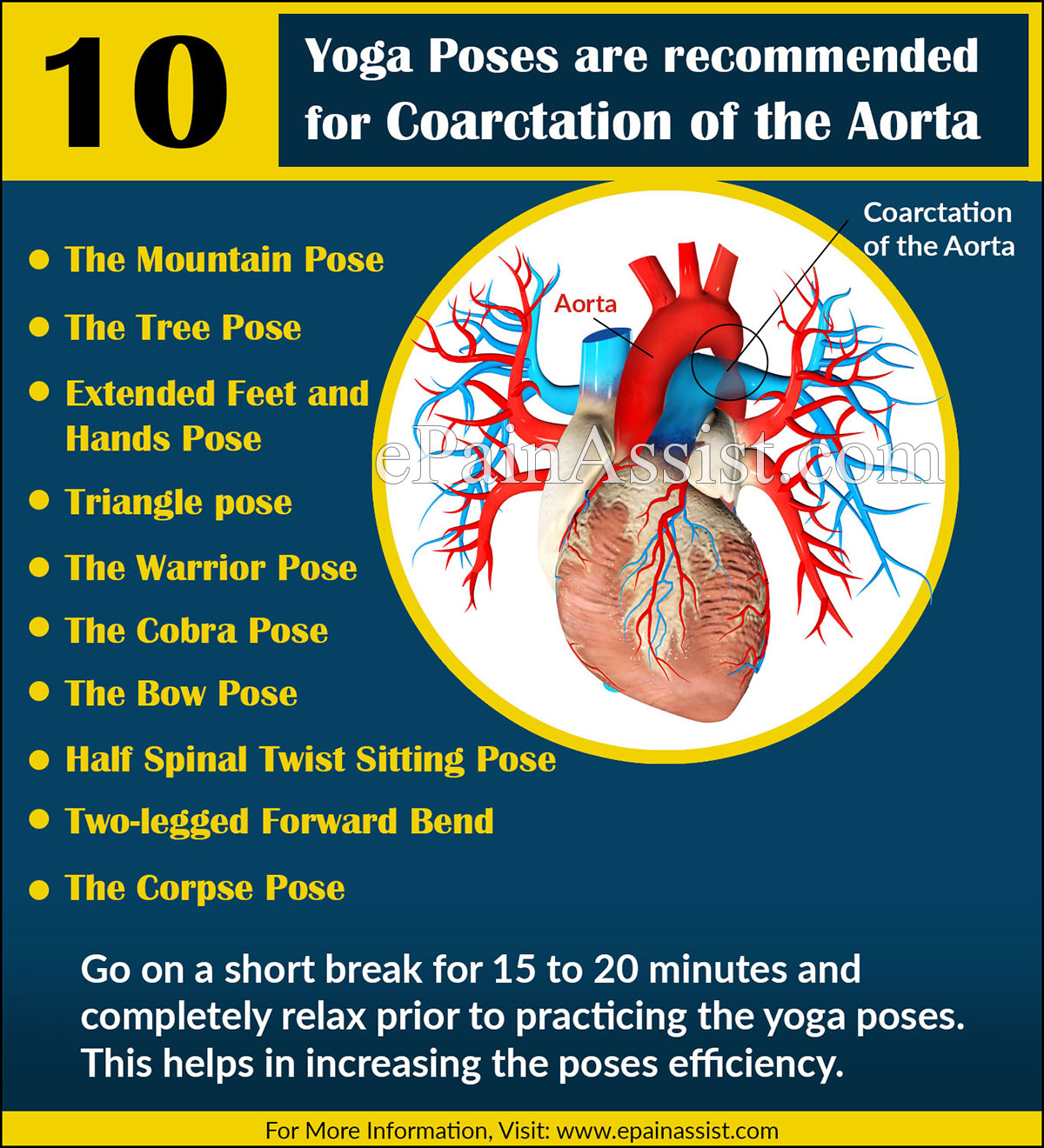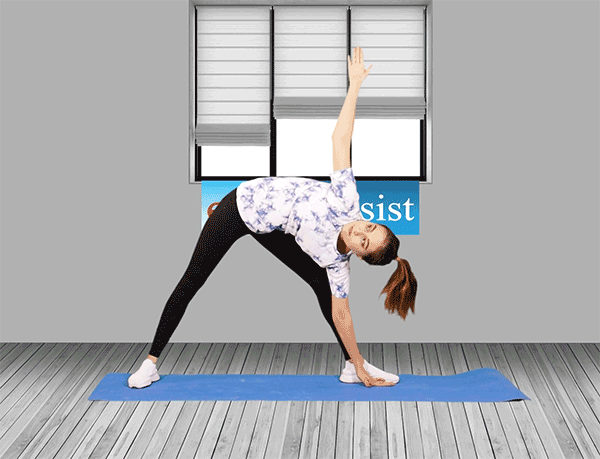What is the Link between Coarctation of the Aorta (COA) or Aortic Narrowing and Hypertension?
Coarctation of the aorta or aortic narrowing occurs as a single defect or in association with several other lesions, and it is most commonly ventricular septal defect (VSD) and bicuspid aortic valve. The coarctation of the aorta diagnosis may be missed until there is an index of suspicion maintained, and so there is a delay in diagnosis until the patient matures to congestive heart failure (CHF), this is common in infants, or hypertension which is common in children.
Hypertension may continue, even after the repair of coarctation of the aorta or aortic narrowing being successful, and relate to the severity and duration of preoperative hypertension. Like always with uncontrolled hypertension, there is a risk with patients to have ventricular dysfunction, premature atherosclerosis and cerebral aneurysms rupture.
What is Murmur in Coarctation of the Aorta (COA) or Aortic Narrowing?
Coarctation of the aorta or aortic narrowing is often presented late. Patients always experience a murmur or hypertension after the neonatal period.
The diagnosis is made once hypertension is observed as an incidental finding while evaluating other problems, such as routine illness or trauma. Other symptoms may also include fatigue, chest pain, headaches or life threatening intracranial hemorrhage. The true claudication is rare, but an occasional child may experience weakness or pain in the legs.
Generally, most patients are asymptomatic other than noted hypertension. Coarctation of the aorta is not recognized by any primary care physician. The femoral pulses palpitation and blood pressure measurement during routine examination is mandatory to avoid delay in diagnosis.
How Can Coarctation of the Aorta (COA) or Aortic Narrowing affect Pregnancy?
Pregnancies that are successful are reported even in women with coarctation of the aorta or aortic narrowing. Yet, it is important to have preconception risk stratification. The coarctation of the aorta or aortic narrowing gradient severity, the aorta size, the aneurysm presence at the repair site, the hypertension presence and the bicuspid aortic valve disease severity, if present, are crucial issues that must be considered before determining the risk of an individual. There are other cardiac characteristics that also have impact on the outcome results.
Preferably, a cardiovascular exam must be undertaken prior to entering pregnancy. It includes a history and physical exam, an echocardiogram and electrocardiogram. All women must have imaging of cardiac magnetic resonance so that it can be assessed for the entire aorta including the site of repair. Catheterization may be required for women who have to undergo surgery before the pregnancy or if there is hemodynamic unaddressed issues.
Repairing coarctation of the aorta or aortic narrowing must be done before pregnancy. In fact, pregnancy must be postponed in women until the blood pressure is in control.
Congenital heart disease transmission to offspring must be discussed. The transmission risk of congenital heart disease is 5 to 10 percent approximately in comparison to the 1 percent approx. to the background risk.
Women with coarctation of the aorta must consider discussing contraceptive methods as it is more appropriate. Combined oral contraceptives having progestin/ estrogen must be used in women with caution with coarctation of the aorta or aortic narrowing repaired with aortas dilated, hypertension or patch aneurysms.
Which Yoga Poses or Asanas are recommended for Coarctation of the Aorta (COA) or Aortic Narrowing?
On getting recovered completely, you may initiate working and thus strengthening of your heart. This will restrict the coarctation of the aorta or aortic narrowing recurrence to minimal. Here are some of the yoga poses for coarctation of the aorta or aortic narrowing that is sure to make your heart healthy and stronger.

- Tadasana or The mountain pose: This pose strengthens heart and adds flexibility to your body.

- Vrikshasana or The tree pose: This pose brings equilibrium and calms the mind. This yoga pose is very useful as a calm mind ensures a healthy and steady heart functioning.


- Utthita Hastapadasana or Extended feet and hands pose: This pose needs more strength and focus to balance and it stretches the whole body.

- Trikonasana or Triangle pose: This yoga pose is designed promoting cardiovascular exercise. Doing this pose, helps the chest to get expanded on taking deep breathing and in rhythm the stamina is increases.


- Veerabhadrasana or The warrior pose: This pose improves the body balance and increases stamina. It releases stress and calms the mind, keeping in check the heart rate.


- Bhujangasana or The cobra pose: This pose elevates the stretch to your chest and so more strength and stamina is required than the regular sphinx pose.

- Dhanurasana or The bow pose:This is a deep and stimulating stretch for the entire body, where the bow pose strengthens and opens the heart region.

- ArdhaMatsyendrasana or Half spinal twist sitting pose: Sitting in the pose of half spinal twist opens the chest and works on the spine.

- Paschimottanasana or Two-legged forward bend: This pose is a resting posture, where you are seated forward bend such that your head is brought lower reaching the heart thus helping the heart rate and respiration reduction, thus permitting the system some rest.

- Shavasana or The corpse pose: This is a counter pose that allows the breath and body to make subtle essential adjustments for the overall health of your system.


Go on a short break for 15 to 20 minutes and completely relax prior to practicing the yoga poses. This helps in increasing the poses/ asanas efficiency.
How to Prevent Coarctation of the Aorta (COA) or Aortic Narrowing?
Coarctation of the aorta or aortic narrowing is difficult to be prevented as it is congenital, exists from birth. Nevertheless, if your child or you have such a condition including bicuspid aortic valve, Turner syndrome or some other heart defect, or congenital heart disease in family history, the chances of coarctation of the aorta is high. However, early detection may be helpful. It is best to discuss the coarctation of the aorta risk with your doctor.
Also Read:
